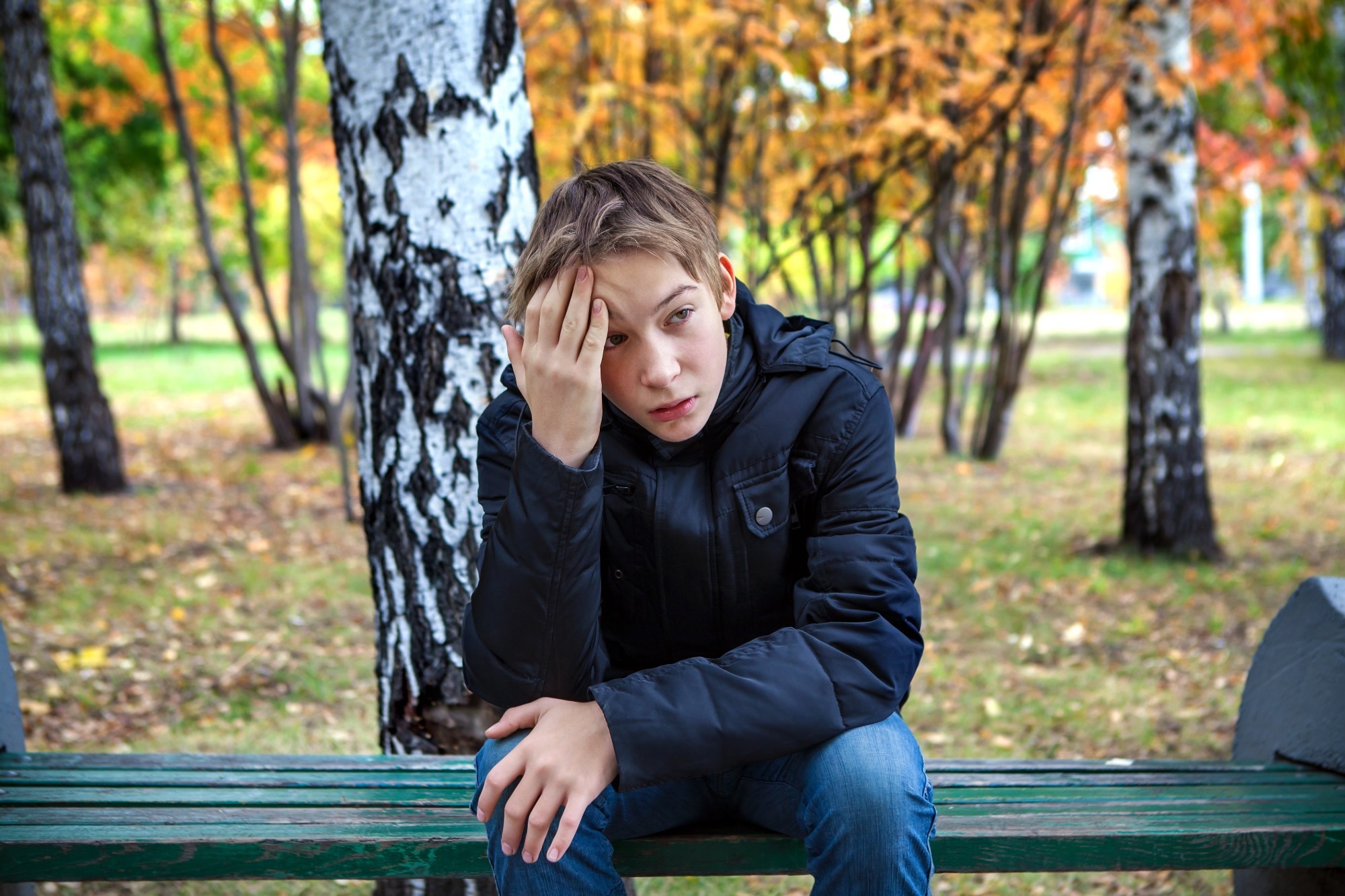A recent Morbidity and Mortality Weekly Report published by the United States Centers for Disease Control and Prevention (CDC) addresses the impact of housing instability among high school students using nationally representative data. This report, which is highly beneficial for policymakers and public health professionals, advocates analyzing how varied demographic characteristics increase risky behaviors among the youth. Furthermore, this study identifies the need for public health bodies to care for the youth with unstable housing.
Study: Experiences of Unstable Housing Among High School Students — Youth Risk Behavior Survey, United States, 2021. Image Credit: Sabphoto / Shutterstock.com
Background
The National Center for Homeless Education reported that during the 2020-2021 school year, about 2.2% of all students in the U.S. experienced unstable housing. Unstable housing refers to a lack of fixed, regular, and appropriate nighttime residences.
Youth from unstable housing are at a higher risk of developing adverse behaviors, such as high-risk sexual behaviors, which may involve not using protection during sexual intercourse and experiencing domestic abuse as compared to stably housed youth.
Furthermore, youth with unstable housing exhibit higher levels of psychiatric disorders, substance use, and suicide ideation and attempts. The majority of youth with unstable housing in the U.S. are students of color, except for Asian students.
As compared to heterosexual youth, a higher prevalence of unstable housing prevailed in lesbian, gay, bisexual, and questioning or other (LGBQ+) youth. Youth belonging to the LGBQ+ community experience family rejection and mistreatment significantly more than their peers due to their sexual identity.
About the study
The current study considered the Youth Risk Behavior Survey (YRBS) data from 2021, which included a total of 17,232 individuals. YRBS is a cross-sectional school-based survey that has typically been conducted biennially since 1991. The U.S. CDC collects survey data from fifty U.S. states and the District of Columbia.
All students were asked, “During the past 30 days, where did you usually sleep?” Their responses were coded into a binary variable of experiencing unstable housing.
Students who informed that they stayed in their parent’s or guardian’s homes constituted the stably housed youth group. Those who responded with having stayed in a shelter or emergency housing, the home of a friend, because their parents or guardian could not afford housing, in a motel, hotel, car, park, or other public place were categorized as unstably housed youth.
The demographic characteristics, such as sex, grade, race, and sexual identity of all students, were obtained. In addition, information related to health risk behaviors, including substance use, violence victimization, sexual health, mental health, and suicide risk, were obtained.
Study findings
About 2.7% of high school students were unstably housed in the 30 days before participating in YRBS. As compared to their peers, unstably housed youth were more likely to engage in risky sexual health behaviors, experience violence, have suicidal ideas and attempt suicide, and use illegal substances.
The current YRBS estimates are consistent with another national survey estimating that 2.2% of school-aged youth were homeless in the U.S. Another study reported that 3.0% of youth between 13 and 17 years of age experience unstable housing.
The prevalence of unstable housing rose with increasing grade levels. Moreover, unstable housing was mostly associated with Black, LGBQ+, American Indian and Alaska Native (AI/AN), and Native Hawaiian Pacific Islander (NH/PI) students as compared to their white and heterosexual peers.
Most of the unstably housed youth were not only sexually active but used alcohol or other substances before their last sexual encounter. This group was also more likely to have tested for human immunodeficiency virus (HIV) or any other sexually transmitted diseases (STDs) in the past year.
Previous studies have associated youth homelessness with family instability, being subjected to foster care, and events of abuse and neglect. These adverse experiences were robustly connected with poorer health status.
Conclusions
Since YRBS data are cross-sectional, causality was not determined between housing instability and health risk behaviors. In addition, all considered variables did not share a common time reference point.
Since the current study focused on unstable housing in the preceding 30 days, the true rates of unstable housing among youth could have been underestimated throughout 2021.
Another limitation of this study is that it only considered youth who attended schools. In most cases, adolescents experiencing unstable housing are more likely to disengage from school.
Despite these limitations, this report is the first to estimate housing instability among high school students in the U.S. YRBS data indicated a higher frequency of risky behaviors among youth residing in unstable housing. In most cases, students with unstable housing are male, LGBQ+, and non-Hispanic Black.
Schools play a crucial role in providing service and care to youth from unstable housing. The McKinney-Vento Homeless Assistance Act (MVA) provides training to support students in temporary housing.
Journal reference:
McKinnon, I. I., Krause, K. H., Robin, L., et al. (2023) Experiences of Unstable Housing Among High School Students — Youth Risk Behavior Survey, United States, 2021. Morbidity and Mortality Weekly Report 72;. 29–36. doi:10.15585/mmwr.su7201a4
Discovered on: 2023-05-25 01:44:00
Source: Unstable housing fuels risky behaviors among US high school students, CDC s…



